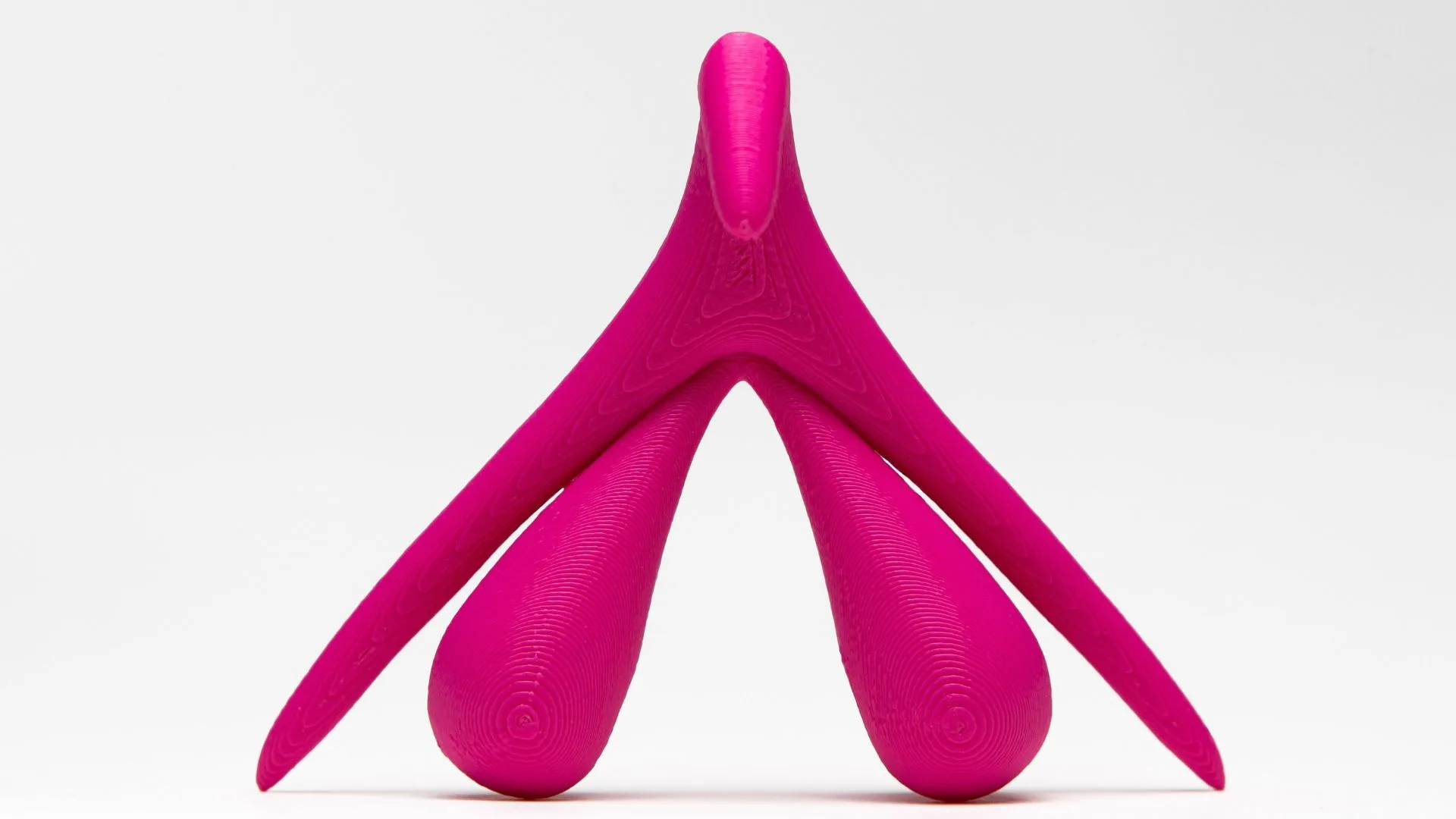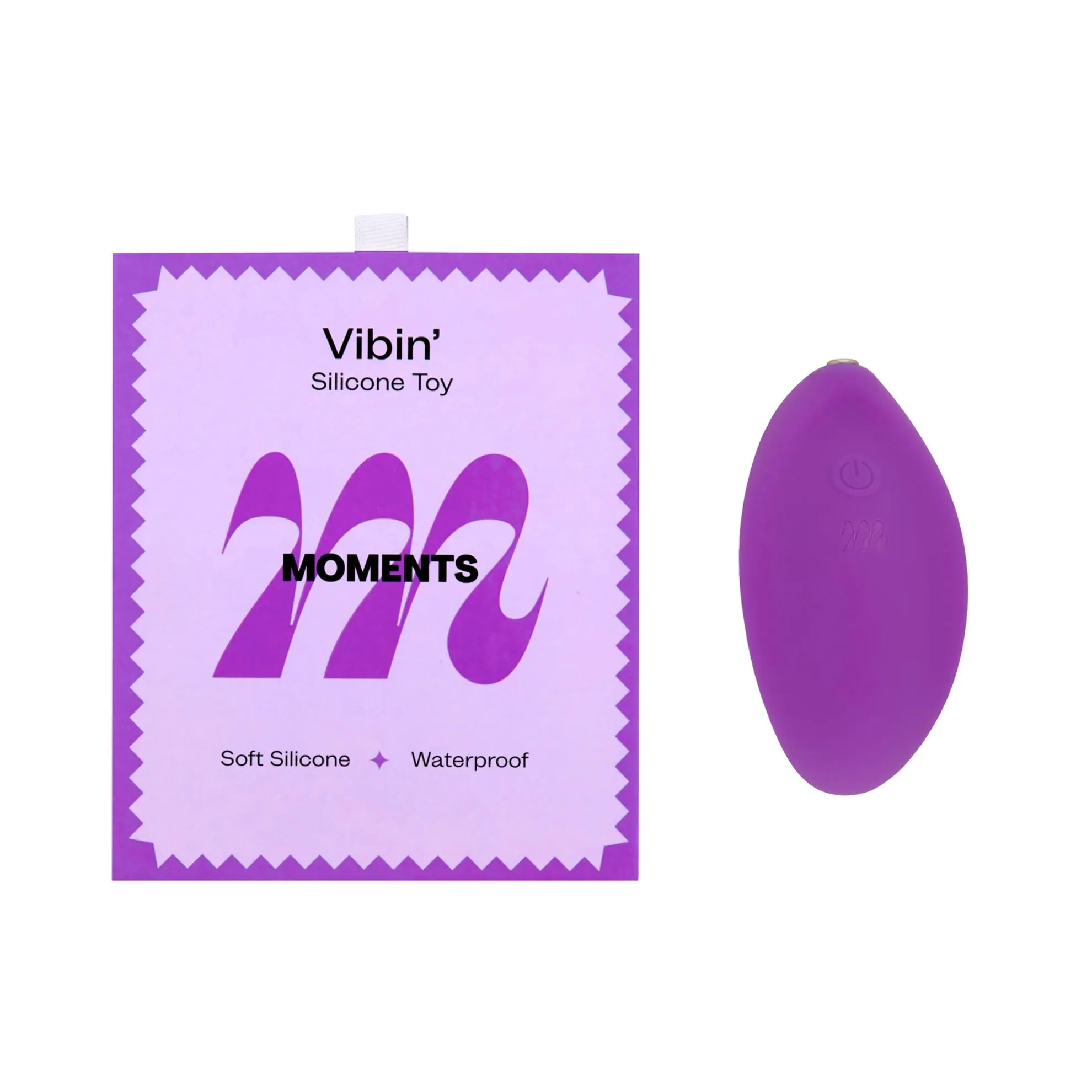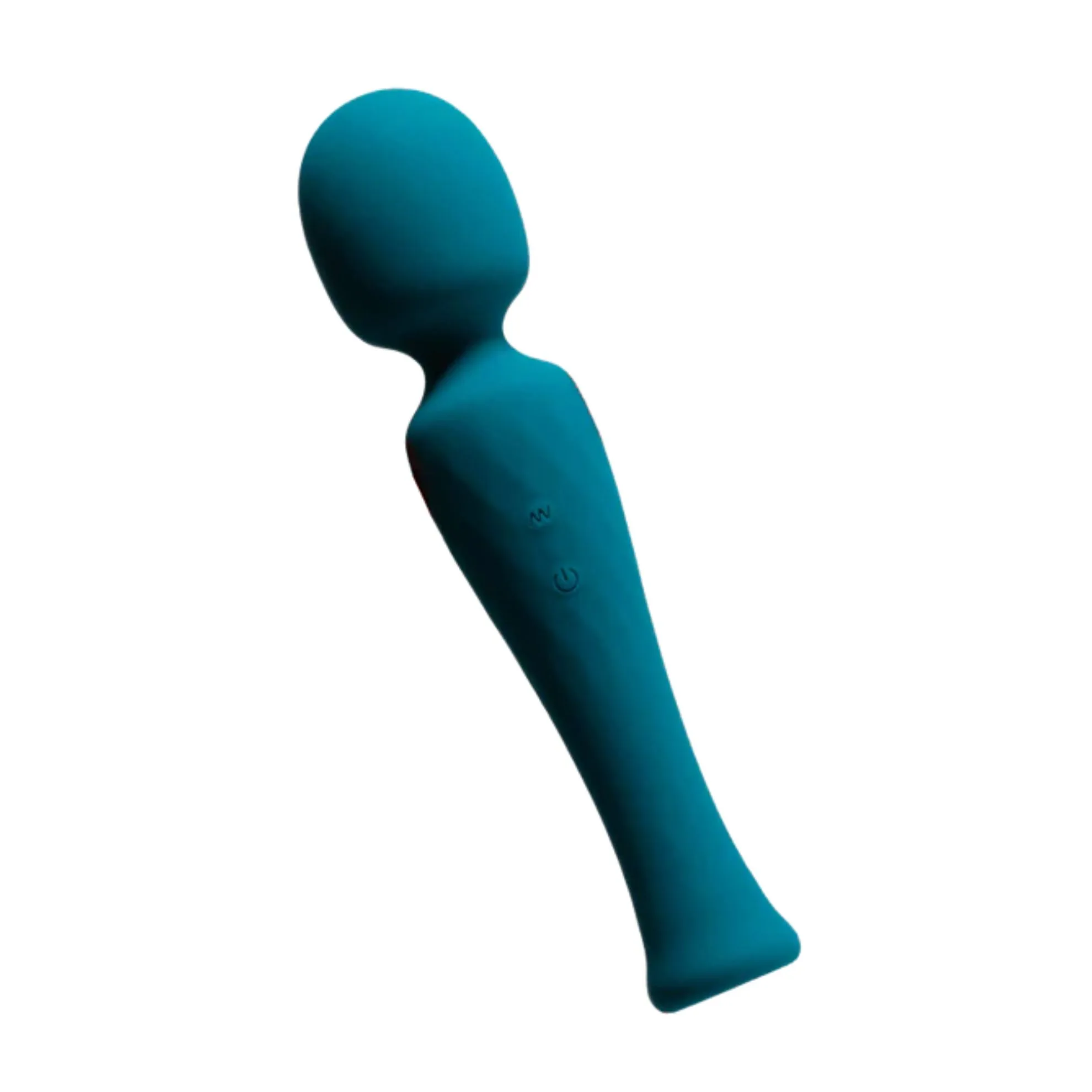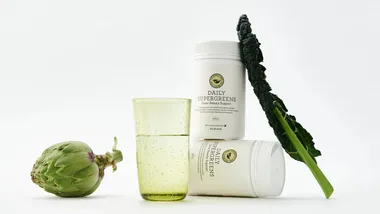In 2023, many people would be shocked at just how little we know about the female body. Or at least they should be.
Every day it seems new research is emerging about how we function, our hormones, our menstruation and what exactly is a G Spot, C Spot and A Spot.
So much of how women and vulva owners have sex remains a mystery, particularly to men.
With inadequate sex education—and with very little research—it’s really no surprise women are still uncovering secrets about our own bodies like an ancient archaeological dig.
With that in mind, I rounded up three people who have built their careers in the sex space—sexologists Chantelle Otten and Cheryl Fagan, and somatic therapist and sex coach, Georgia Grace—to see what fun facts about sex and the body they had up their sleeves.
The result is, well, a handy list of prerequisite knowledge you should share with all your sexual partners.
1. Only 18% of vulva owners orgasm from penetration
“The main thing [in my professional experience] that people are still surprised about is that the majority of people with vulvas will only climax from external stimulation of their clitoris,” Georgia says.
The numbers may vary—one study found only 18.4% of women say they orgasm through penetrative intercourse, while researcher Marie Lintz says it’s as little as 4%—but the conclusion remains the same: very few women orgasm through penetration alone. External clitoral stimulation is key.

This is something that most vulva owners will know through lived experience—and yet, most people “define” sex through penetration. According to Normal’s 2022 Big Sex Survey of 1000 Australians, 95% define sex as “vaginal intercourse”. (This, of course, begs the question as to why we widely define sex as a thing that doesn’t actually bring the most pleasure to vulva owners?)
Womanizer Sex and Relationship Expert, Cheryl Fagan, says that outercourse is crucial for the pleasure and satisfaction of people with vulvas.
While she concedes communication is the best route to “success”, her practical tips include:
- You can try tapping all over the vulva, trying different speeds and pressures.
- Tracing circles over the clitoris and touching the labia.
- Can do a soft pinch like motion up and down on the hood of the clitoris.
2. It takes around 20 minutes for a vagina to become aroused
When a vagina is aroused it lubricates and grows in size. (In fact, it can double in size.) And while a penis can take a few minutes to arouse, a vulva can take much, much longer.

“It can take people with vulvas 20 to 40 minutes to be fully physiologically aroused,” Georgia begins. “That’s not to say you can’t come within a few minutes with the right toy or in the right context, but if we’re looking at full physiological arousal—which is the clitoris becoming engorged, and becoming erect and swelling; the vaginal canal becoming more lubricated—it takes time.”
The consequence of not being fully aroused is, basically, that sex isn’t going to be as pleasurable (at best) or it could be painful and unpleasant.
While 20 minutes sounds like a while, it should be noted that this count begins from the first ‘erotic stimuli’. This could start with some prolonged eye contact, some light touch, a sexy conversation or movie.
However, if you go from nothing sexy to a few kisses to penetration in a handful of minutes… you’re not only missing out, but you could be doing some serious damage.
If a vagina is not adequately aroused or lubricated, you risk a greater chance of scratching, tearing or friction damage, which can also make a woman more susceptible to pain and infection.
This is why, Fagan notes, lube is always your friend.
3. 95% of men usually or always orgasm compared to just 65% of women
Ah, yes. The orgasm gap. If you need a refresher: a 2018 study of 50,000 people found that the most common group to always orgasm in a sexual encounter were heterosexual men (95%), while the least common group were heterosexual women (65%).
Meanwhile, while men were found to orgasm more frequently than women in all sexual encounters (hetero-, homo- and bi-sexual), the most regularly-orgasming group of women were lesbian women (86%).

According to The Conversation, people (wrongly) explain the orgasm gap by claiming the female orgasm is “biologically elusive”. However, that theory doesn’t stack up against further research that suggests women orgasm more when they’re alone than when with a partner. When engaging in solo pleasure, women tend to orgasm 92% of the time.
The conclusion, then, is that we need better education and communication around women’s sexual function—and perhaps some reimagining on what defines “sex” and pleasure. For instance, researcher Laurie Mintz says a key reason is that vulva owners aren’t getting the clitoral stimulation they need during partnered sex. Perhaps we refocus our definitions of sex, shall we?
4. Vaginas aren’t that big (but the clitoris is probably bigger than you think)
When it comes to depth, Kinsey Institute researcher Dr Justin Lehmiller, reports the precise size of a vagina is believed to be, on average, 7-8cm when unaroused, or 9.5-11cm when aroused.
The average erect penis size is a bit bigger than this, being roughly 12-14cm. So, no, it is not mandatory for people to have giant penises or toys to show a person a good time. (Also see corresponding section on penetrative orgasms vs clitoral orgasms.)

Meanwhile, however, the clitoris is an iceberg: 90% of it is below the surface. The clitoral glans and hood are the only visible parts, but the pleasure centre runs deep—approximately 9cm deep.
Fun fact: all of these beneath-the-surface parts of the clitoris are made of erectile tissue, meaning they swell when aroused to become even bigger.
5. We only found out what a clitoris looked like in 2005
Want to feel a sense of national pride? The first person to find out what a clitoris actually looked like, is Australian!
That pioneer was Helen O’Connell, who used cadavers and magnetic resonance imaging (MRI) to get a better picture of the beast that people had literally never seen before in all of womankind’s existence.

Per her research, O’Connell also found that a clitoris has 2-3 times as many nerve endings as a penis.
“Did you know that the clitoris has over 8,000 nerve endings, more than twice the number found in the penis?” Chantelle expanded. “This unique organ is designed solely for pleasure and extends inside the body, wrapping around the vaginal canal. It’s a beautiful piece of sexual anatomy that can be both mysterious and incredibly rewarding to explore.”
O’Connell’s research was first reported 2005. So, if you think about it, the clitoris—as we understand it—is less than 20 years old.
6. Abolish ‘goals’ for the best sex of your life
When asked about the best sex advice or tip, all three “sexperts” said a similar thing: take the pressure off.
“Sex is best with no goals, simply being there for pleasure! This takes away all pressure and allows for you to take your time and explore your curiosities,” Cheryl explains.
Chantelle also said this, particularly for those who have anxiety around performance.
“It is so easy to get caught up in focusing on performance that the journey of intimacy and sensory connection can be forgotten. Engaging in practices like sensual touch, genuine emotional presence, and open communication can create a truly fulfilling and satisfying sexual experience. Remember, pleasure is a holistic experience that goes beyond physical mechanics.”
7. Pleasure is diverse: There are no experts
“Regardless of how much sex you’ve had, you are never an expert in someone else’s body,” Georgia emphasises.
“You might have all of the tips and all of the trips, but if you’re not asking them what they want, or if you’re not approaching sex with the idea that you’re co-creating an experience together, and if you’re focused more on a performance or trying to prove how good your skills and technique are — that’s likely not going to be a great experience.”
Chantelle echoes this, adding that a study conducted by the Indiana University School of Public Health found there was so much diversity among vulva-owners, regarding what is pleasurable.
“There is no ‘one-size-fits-all’ approach to sexual pleasure and that preferences vary widely in terms of types of touch, pressure, shape, and pattern,” Chantelle said. “This emphasizes the importance of communication, exploration, and a willingness to learn and adapt in each unique sexual relationship.”
A Few Fun Sex Toys
For solo or partnered fun, here are some must-haves for your goodie drawer.

Lovehoney Enjoy Water-Based Lubricant 250ml, $24.95 at Lovehoney

Moments Vibin’ external vibrator, $90 at Moments

Normal Charlie wand vibrator, $220 at Normal

Womanizer X Lovehoney InsideOut Rechargable G-Spot and Clitoral Stimulator, $159.95 at Lovehoney










